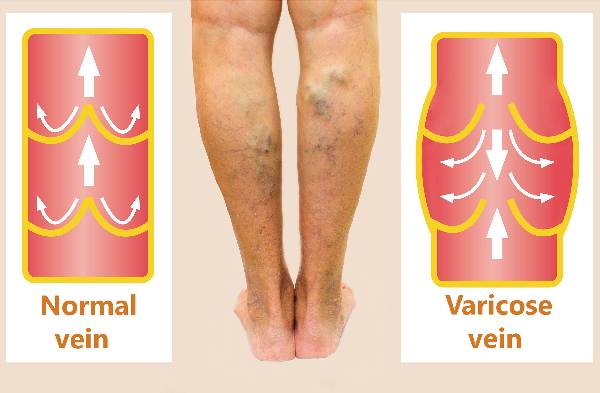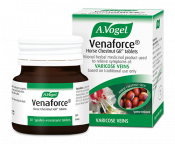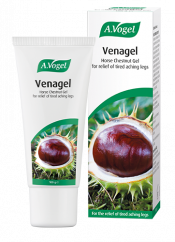What do varicose veins look like?

Suffering from varicose veins can be a daunting experience punctuated by aches and pains, swelling and itchiness and restless legs. However, many find that the most unfortunate symptom of varicose veins is in fact their appearance, which can vary quite a bit!
It is perhaps because of this variation that most sufferers of varicose veins struggle to recognise the condition – not a good situation when you realise that up to 30% of adults may develop the condition and getting treatment quickly can really make a difference!
So let’s start with the basics; what causes the appearance of varicose veins? Well it’s all to do with the small valves inside your veins. When these stop working or become weakened then it allows blood to collect, causing your veins to become swollen and distorted.
That’s a very generic and brief description though – in truth there are different types of varicose veins and they can all appear differently. Let’s take a look at these different types to give you a better understanding!
Common appearances of varicose veins

Varicose veins usually manifest around your legs – they love your lower legs, the backs of your knees and around your calves. This makes sense when you think about it – gravity is pushing the blood downwards and placing more pressure on the blood vessels around your feet and legs.
Usually these types of varicose veins are inflamed and resemble blue-p urplish cords bulging just beneath the surface of your skin. They can be swollen and knotted and sensitive to the touch – often they are also accompanied by ‘spider veins.’
urplish cords bulging just beneath the surface of your skin. They can be swollen and knotted and sensitive to the touch – often they are also accompanied by ‘spider veins.’
Spider veins are tiny blue-red blood vessels that can appear close to the surface of your skin anywhere on your body, although they do tend to favour your legs! On their own they are usually considered to be only a superficial problem.
Unusual appearances of varicose veins
As we have mentioned varicose veins tend to favour your legs, although they can actually appear in other areas of your body too! This is considered to be unusual but it is not always a cause for concern.
For example, when varicose veins appear in your arms, it is normally no more dangerous than them manifesting on your legs. Quite often they appear as a result of a sudden trauma damaging your blood vessels although sometimes there may be a circulatory problem stimulating them.
Another less common but not unheard of place that varicose veins can manifest is your upper legs, around your thighs and even your genitals. This can be unpleasant and normally pregnancy and a change in hormones are to blame.
As your body starts to expand during this time, more pressure is placed on the veins around your pelvis which can restrict the flow of blood to your legs. The changes in hormones during this time can also cause your veins to relax – a similar situation can develop in men around puberty which is known as varticoceles.
Varticoceles appear around the scrotum as a result of the testes enlarging and while they are not considered to be a serious problem, it may still be worthwhile getting them checked out by your GP.
What you should be looking out for

You should always try to keep an eye on the shape and colour of your varicose veins and discuss any changes in size or appearance with your doctor. If you notice that they are reddening and becoming particularly painful, it could be a sign that a blood clot is forming so I’d definitely go to your doctor ASAP.
You may also notice a rash developing on your skin as it becomes drier and flakier. This could be related to varicose eczema, a skin condition which can develop if you have varicose veins. It normally affects your lower legs and can be very uncomfortable and itchy so make sure you get it checked out by your GP.
Finally, ulcers should definitely be on your look-out list. Venous ulcers can develop around varicose veins as a result of malfunctioning valves, which creates too much pressure, causing fluid to leak out of your veins and upset your skin.
Not very nice, this can cause swelling and damage to your skin so it really is best avoided.
How you can help yourself
Now you might be reading this and thinking it’s all very well knowing what the veins look like and how they are caused but what can I do to help myself? Well fortunately there’s a lot to be said for self-help when it comes to varicose veins as simple lifestyle changes can make a real difference!
- Gentle exercise: Now I’m not suggesting that you start pumping iron at the gym five times a week – the odds are even if I did say that, most of you would be jumping out of your chairs. The reality is that varicose veins can be very uncomfortable and painful so I’m really emphasising gentle exercise here – a brisk walk, yoga or even swimming if you feel up to it. Anything that helps to get blood pumping around your body, improving your circulation and reducing your symptoms!
- Watch your diet: One of the leading causes of varicose veins is obesity so watching what you eat can really help. Try to avoid refined sugars and caffeine as both can trigger inflammatory reactions in your body and place pressure on your central nervous system. Instead opt for wholegrains and plenty of vitamin-rich fruits and veg which can help to strengthen your blood vessels and avoid any digestive issues such as constipation which may worsen your condition!
- Try Venaforce®: Our Venaforce® is excellent for helping to support and ease varicose veins. Prepared using the seeds of horse chestnuts, it has four main actions: reducing inflammation, sealing the capillary walls, controlling the activity of enzymes that break down the vein wall and improving the blood flow. It’s one of our favourite remedies here at A.Vogel and can be taken by anyone over the age of 18, providing they are not pregnant, breastfeeding or allergic to horse chestnut seeds. It’s suitable for using alongside other medication and can be taken in combination with our Venagel!
- Elevate your legs: If your legs start to ache and throb, then you should try to keep them elevated. This can help gravity to work in your favour and relieve any signs of swelling. Ideally you should aim to elevate your legs above your heart between 3-5 times a day for about 10-15 minutes at a time to notice a real difference.
- Compression stockings: Compression tights are a must-have if you are travelling. Since you will likely be sitting for a long period of time it’s important to try and prevent blood from pooling in your valves, worsening your symptoms. Compression stockings help to prevent this from happening and can reduce any pain or swelling during this time.










